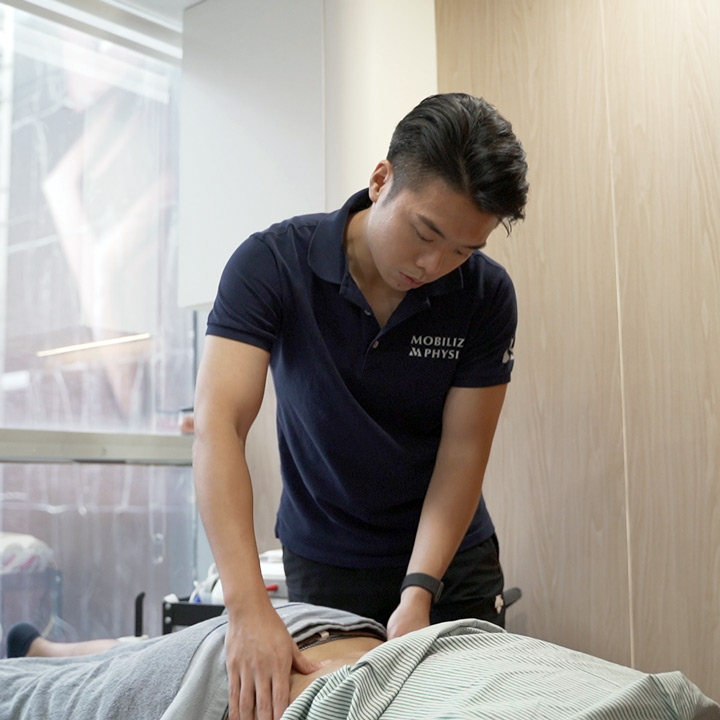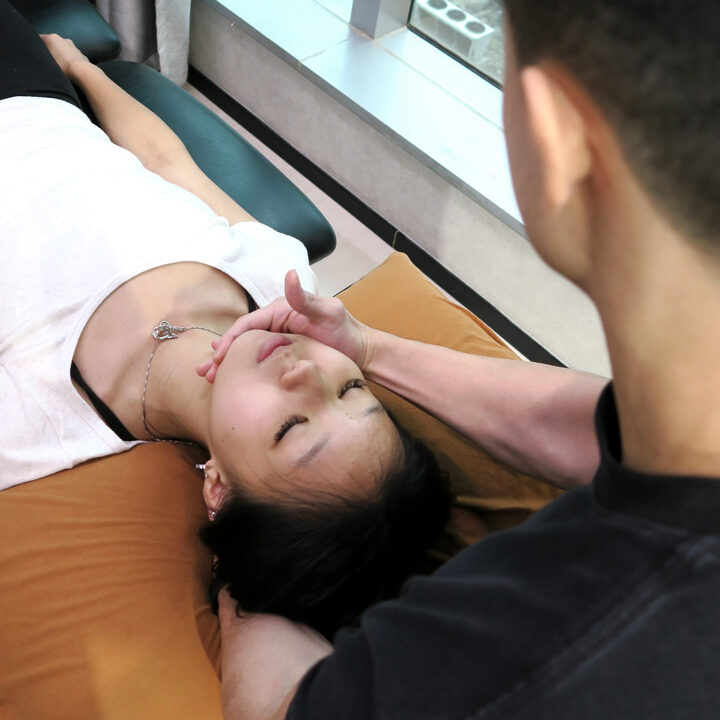
Physiotherapy Treatment
Manual Therapy
Manual therapy is a specialized physiotherapy technique designed to alleviate musculoskeletal pain and enhance joint mobility through hands-on interventions. It encompasses joint mobilization, joint manipulation, and soft tissue mobilization techniques, each tailored to specific conditions like sprained ankles, low back pain, neck pain and shoulder impingement. Manual therapy can be categorized into joint mobilization, joint manipulation and soft tissue mobilization.
Joint Mobilization
Physiotherapists can manually mobilize joints in various angles and amplitudes to facilitate better joint movement. Spinal traction, manual distraction, joint gliding are all common techniques used to mobilize joints that are stiff and painful in the cases of sprained ankles, low back pain, neck pain and shoulder impingement.
Joint Manipulation
This is a thrusting technique performed with high velocity and low amplitude to mobilize a joint and occasionally results in an audible pop or crack. Since this technique requires higher forces, it should not be done to joints that are highly sensitive or with significant swelling. Most physiotherapists are trained to manipulate the lumbar and thoracic spine.
Soft Tissue Mobilization
Muscles, ligaments and fascia are all commonly treated soft tissues with manual therapy. The purpose of such technique is to optimize the length-tension relationship of the affected soft tissues to facilitate muscle contraction in normal range of motion.

